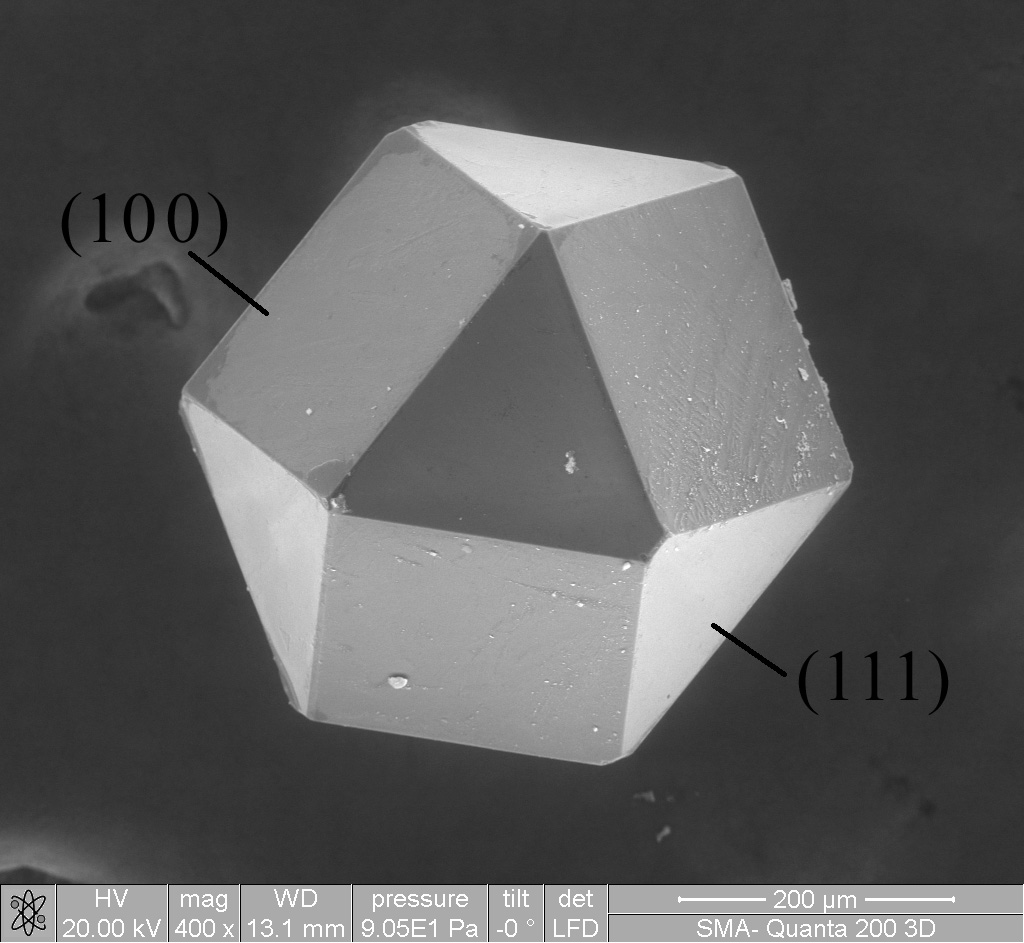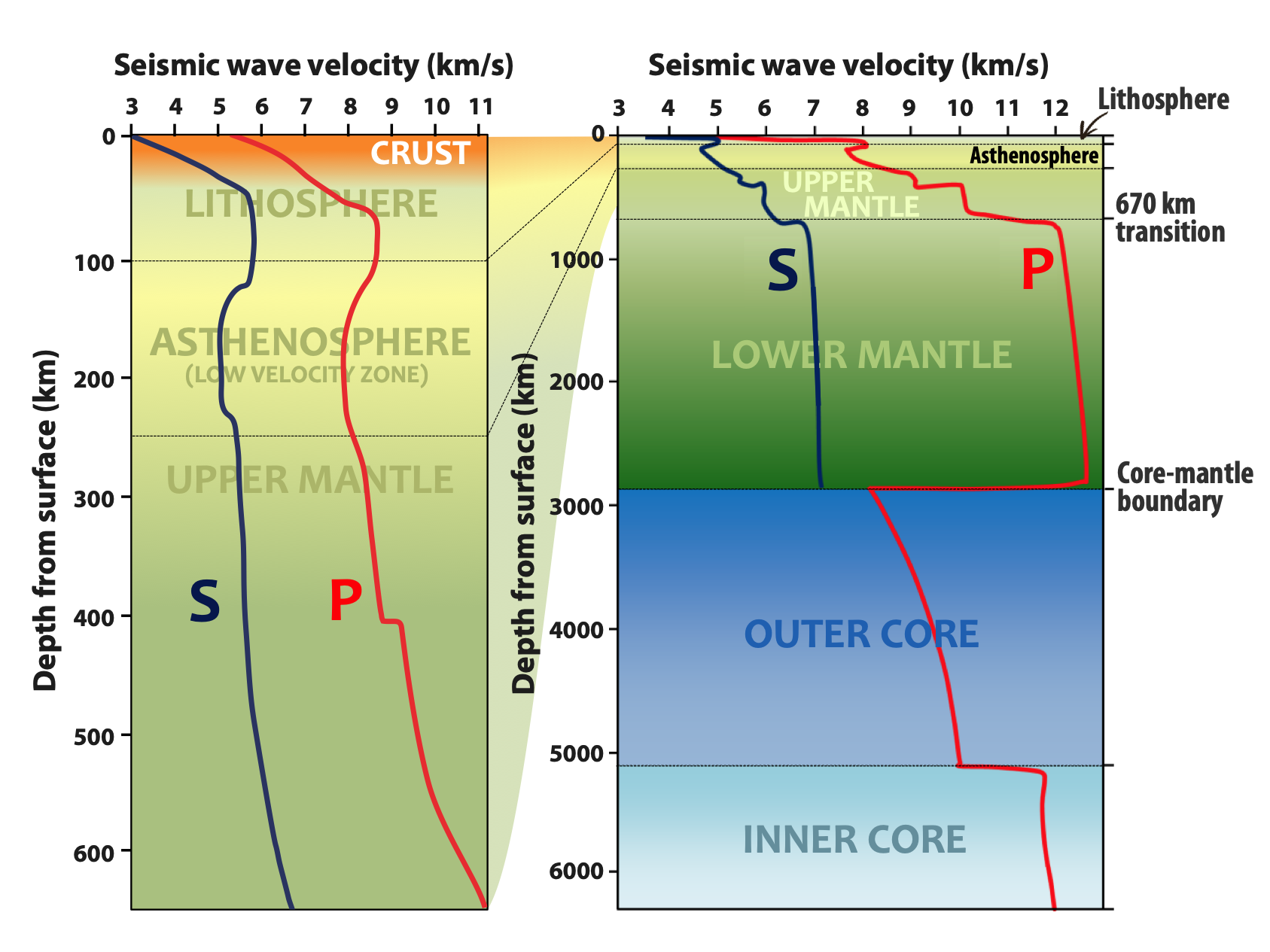|
Bulk Density
In materials science, bulk density, also called apparent density, is a material property defined as the mass of the many particles of the material divided by the bulk volume. Bulk volume is defined as the total volume the particles occupy, including particle's own volume, inter-particle void volume, and the particles' internal pore volume. Bulk density is useful for materials such as powders, granules, and other "divided" solids, especially used in reference to mineral components (soil, gravel), chemical substances, pharmaceutical ingredients, foodstuff, or any other masses of corpuscular or particulate matter ( particles). Bulk density is not the same as the ''particle density'', which is an intrinsic property of the solid and does not include the volume for voids between particles (see: density of non-compact materials). Bulk density is an extrinsic property of a material; it can change depending on how the material is handled. For example, a powder poured into a c ... [...More Info...] [...Related Items...] OR: [Wikipedia] [Google] [Baidu] |
Materials Science
Materials science is an interdisciplinary field of researching and discovering materials. Materials engineering is an engineering field of finding uses for materials in other fields and industries. The intellectual origins of materials science stem from the Age of Enlightenment, when researchers began to use analytical thinking from chemistry, physics, and engineering to understand ancient, phenomenological observations in metallurgy and mineralogy. Materials science still incorporates elements of physics, chemistry, and engineering. As such, the field was long considered by academic institutions as a sub-field of these related fields. Beginning in the 1940s, materials science began to be more widely recognized as a specific and distinct field of science and engineering, and major technical universities around the world created dedicated schools for its study. Materials scientists emphasize understanding how the history of a material (''processing'') influences its struc ... [...More Info...] [...Related Items...] OR: [Wikipedia] [Google] [Baidu] |
Particle Density (packed Density)
{{refimprove, date=September 2016 The particle mass density or particle density of a material (such as particulate solid or powder) is the mass density of the particles that make up the powder. Particle density is in contrast to the ''bulk density'', which measures the average density of a large volume of the powder in a specific medium (usually air). The particle density is a relatively well-defined quantity, as it is not dependent on the degree of compaction of the solid, whereas the bulk density has different values depending on whether it is measured in the freely settled or compacted state (tap density). However, a variety of definitions of particle density are available, which differ in terms of whether pores are included in the particle volume, and whether voids are included. Measurement The measurement of particle density can be done in a number of ways: Archimedes' principle The powder is placed inside a pycnometer of known volume, and weighed. The pycnometer is ... [...More Info...] [...Related Items...] OR: [Wikipedia] [Google] [Baidu] |
Characterisation Of Pore Space In Soil
The pore space of soil contains the liquid and gas phases of soil, i.e., everything but the solid phase that contains mainly minerals of varying sizes as well as organic compounds. In order to understand porosity better a series of equations have been used to express the quantitative interactions between the three phases of soil. Macropores or fractures play a major role in infiltration rates in many soils as well as preferential flow patterns, hydraulic conductivity and evapotranspiration. Cracks are also very influential in gas exchange, influencing respiration within soils. Modeling cracks therefore helps understand how these processes work and what the effects of changes in soil cracking such as compaction, can have on these processes. The pore space of soil may contain the habitat of plants (rhizosphere) and microorganisms. Background Dry bulk density : \rho_ = \frac The dry bulk density of a soil greatly depends on the mineral assemblage making up the soil and on ... [...More Info...] [...Related Items...] OR: [Wikipedia] [Google] [Baidu] |
Brazil Nut Effect
Granular convection is a phenomenon where granular material subjected to shaking or vibration will exhibit circulation patterns similar to types of fluid convection. It is sometimes called the Brazil nut effect, when the largest of irregularly shaped particles end up on the surface of a granular material containing a mixture of variously sized objects. This name derives from the example of a typical container of mixed nuts, in which the largest will be Brazil nuts. The phenomenon is also known as the muesli effect since it is seen in packets of breakfast cereal containing particles of different sizes but similar density, such as muesli mix. Under experimental conditions, granular convection of variously sized particles has been observed forming convection cells similar to fluid motion. Explanation It may be counterintuitive to find that the largest and (presumably) heaviest particles rise to the top, but several explanations are possible: * When the objects are irregularly sh ... [...More Info...] [...Related Items...] OR: [Wikipedia] [Google] [Baidu] |
Gardner's Relation
Gardner's relation, or Gardner's equation, named after Gerald H. F. Gardner and L. W. Gardner, is an empirically derived equation that relates seismic P-wave velocity to the bulk density of the lithology in which the wave travels. The equation reads: :\rho = \alpha V_p^ where \rho is bulk density given in g/cm3, V_p is P-wave velocity given in ft/s, and \alpha and \beta are empirically derived constants that depend on the geology. Gardner et al. proposed that one can obtain a good fit by taking \alpha = 0.23 and \beta = 0.25. Assuming this, the equation is reduced to: :\rho = 0.23 V_p^, where the unit of V_p is feet/s. If V_p is measured in m/s, \alpha = 0.31 and the equation is: :\rho = 0.31 V_p^. This equation is very popular in petroleum exploration because it can provide information about the lithology from interval velocities obtained from seismic data. The constants \alpha and \beta are usually calibrated from sonic and density Density (volumetric mass density ... [...More Info...] [...Related Items...] OR: [Wikipedia] [Google] [Baidu] |
P-wave
A P wave (primary wave or pressure wave) is one of the two main types of elastic body waves, called seismic waves in seismology. P waves travel faster than other seismic waves and hence are the first signal from an earthquake to arrive at any affected location or at a seismograph. P waves may be transmitted through gases, liquids, or solids. Nomenclature The name ''P wave'' can stand for either pressure wave (as it is formed from alternating compressions and rarefactions) or primary wave (as it has high velocity and is therefore the first wave to be recorded by a seismograph). The name '' S wave'' represents another seismic wave propagation mode, standing for secondary or shear wave, a usually more destructive wave than the primary wave. Seismic waves in the Earth Primary and secondary waves are body waves that travel within the Earth. The motion and behavior of both P and S waves in the Earth are monitored to probe the interior structure of the Earth. Discontinuities ... [...More Info...] [...Related Items...] OR: [Wikipedia] [Google] [Baidu] |
Seismic Velocity
A seismic wave is a mechanical wave of acoustic energy that travels through the Earth or another planetary body. It can result from an earthquake (or generally, a quake), volcanic eruption, magma movement, a large landslide and a large man-made explosion that produces low-frequency acoustic energy. Seismic waves are studied by seismologists, who record the waves using seismometers, hydrophones (in water), or accelerometers. Seismic waves are distinguished from seismic noise (ambient vibration), which is persistent low-amplitude vibration arising from a variety of natural and anthropogenic sources. The propagation velocity of a seismic wave depends on density and elasticity of the medium as well as the type of wave. Velocity tends to increase with depth through Earth's crust and mantle, but drops sharply going from the mantle to Earth's outer core. Earthquakes create distinct types of waves with different velocities. When recorded by a seismic observatory, their d ... [...More Info...] [...Related Items...] OR: [Wikipedia] [Google] [Baidu] |
Inverse Relationship
In statistics, there is a negative relationship or inverse relationship between two variables if higher values of one variable tend to be associated with lower values of the other. A negative relationship between two variables usually implies that the correlation between them is negative, or — what is in some contexts equivalent — that the slope in a corresponding graph is negative. A negative correlation between variables is also called inverse correlation. Negative correlation can be seen geometrically when two normalized random vectors are viewed as points on a sphere, and the correlation between them is the cosine of the circular arc of separation of the points on a great circle of the sphere. When this arc is more than a quarter-circle (θ > π/2), then the cosine is negative. Diametrically opposed points represent a correlation of –1 = cos(π), called anti-correlation. Any two points ''not'' in the same hemisphere have negative correlation. An example would be a negat ... [...More Info...] [...Related Items...] OR: [Wikipedia] [Google] [Baidu] |
Core Sample
A core sample is a cylindrical section of (usually) a naturally-occurring substance. Most core samples are obtained by drilling with special drills into the substance, such as sediment or rock, with a hollow steel tube, called a core drill. The hole made for the core sample is called the "core hole". A variety of core samplers exist to sample different media under different conditions; there is continuing development in the technology. In the coring process, the sample is pushed more or less intact into the tube. Removed from the tube in the laboratory, it is inspected and analyzed by different techniques and equipment depending on the type of data desired. Core samples can be taken to test the properties of manmade materials, such as concrete, ceramics, some metals and alloys, especially the softer ones. Core samples can also be taken of living things, including human beings, especially of a person's bones for microscopic examination to help diagnose diseases. Methods The ... [...More Info...] [...Related Items...] OR: [Wikipedia] [Google] [Baidu] |
Porosity
Porosity or void fraction is a measure of the void (i.e. "empty") spaces in a material, and is a fraction of the volume of voids over the total volume, between 0 and 1, or as a percentage between 0% and 100%. Strictly speaking, some tests measure the "accessible void", the total amount of void space accessible from the surface (cf. closed-cell foam). There are many ways to test porosity in a substance or part, such as industrial CT scanning. The term porosity is used in multiple fields including pharmaceutics, ceramics, metallurgy, materials, manufacturing, petrophysics, hydrology, earth sciences, soil mechanics, rock mechanics, and engineering. Void fraction in two-phase flow In gas-liquid two-phase flow, the void fraction is defined as the fraction of the flow-channel volume that is occupied by the gas phase or, alternatively, as the fraction of the cross-sectional area of the channel that is occupied by the gas phase. Void fraction usually varies from location to l ... [...More Info...] [...Related Items...] OR: [Wikipedia] [Google] [Baidu] |
Quartz
Quartz is a hard, crystalline mineral composed of silica (silicon dioxide). The Atom, atoms are linked in a continuous framework of SiO4 silicon–oxygen Tetrahedral molecular geometry, tetrahedra, with each oxygen being shared between two tetrahedra, giving an overall chemical formula of Silicon dioxide, SiO2. Quartz is, therefore, classified structurally as a Silicate mineral#Tectosilicates, framework silicate mineral and compositionally as an oxide mineral. Quartz is the second most abundant mineral in Earth's continental crust, behind feldspar. Quartz exists in two forms, the normal α-quartz and the high-temperature β-quartz, both of which are chiral. The transformation from α-quartz to β-quartz takes place abruptly at . Since the transformation is accompanied by a significant change in volume, it can easily induce microfracturing of ceramics or rocks passing through this temperature threshold. There are many different varieties of quartz, several of which are classifi ... [...More Info...] [...Related Items...] OR: [Wikipedia] [Google] [Baidu] |
Soil Compaction
In geotechnical engineering, soil compaction is the process in which stress applied to a soil causes densification as air is displaced from the pores between the soil grains. When stress is applied that causes densification due to water (or other liquid) being displaced from between the soil grains, then consolidation (soil), consolidation, not compaction, has occurred. Normally, compaction is the result of heavy machinery compressing the soil, but it can also occur due to the passage of, for example, animal feet. In soil science and agronomy, soil compaction is usually a combination of both engineering compaction and consolidation, so may occur due to a lack of water in the soil, the applied stress being internal suction due to water evaporation as well as due to passage of animal feet. Affected soils become less able to absorb rainfall, thus increasing Runoff (water), runoff and erosion. Plants have difficulty in compacted soil because the mineral grains are pressed together, ... [...More Info...] [...Related Items...] OR: [Wikipedia] [Google] [Baidu] |






